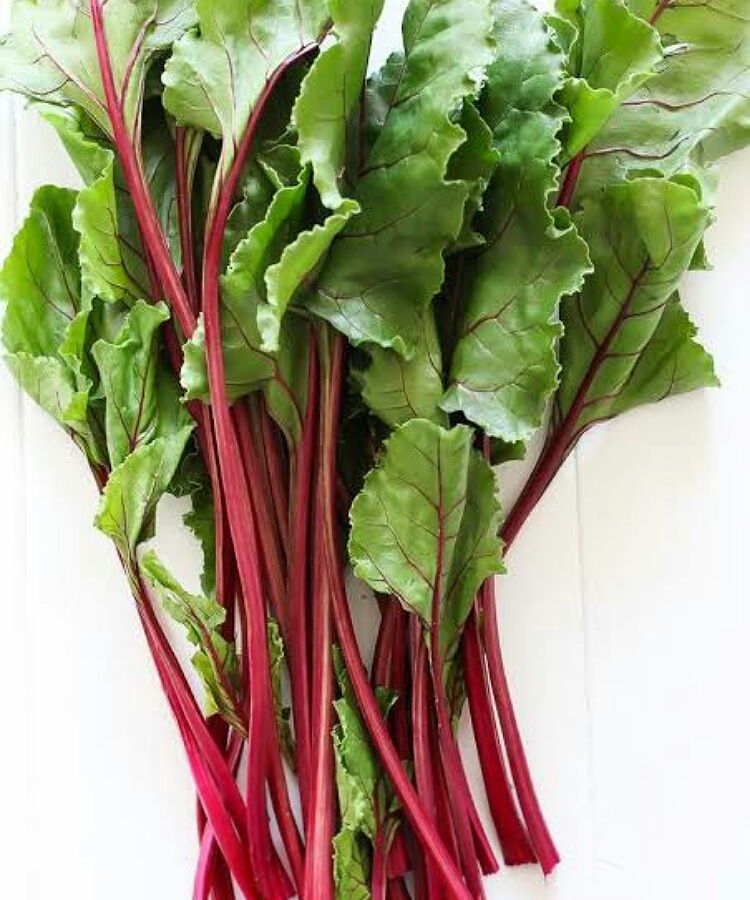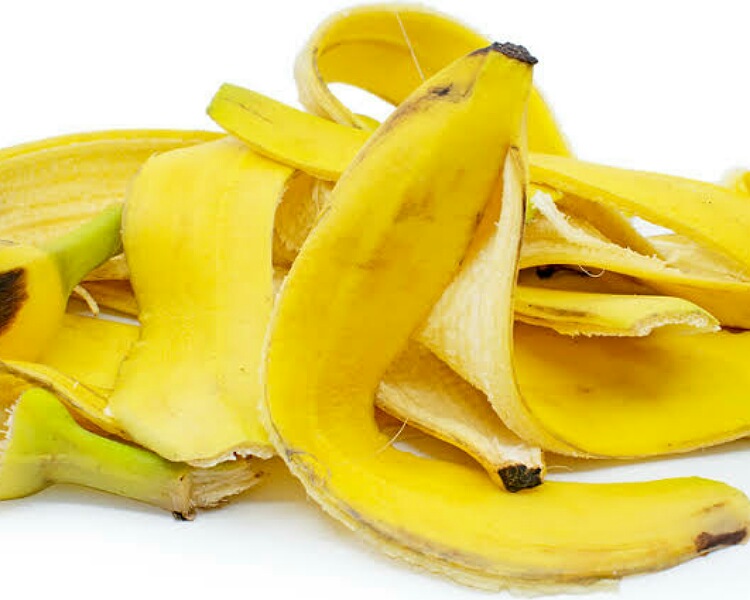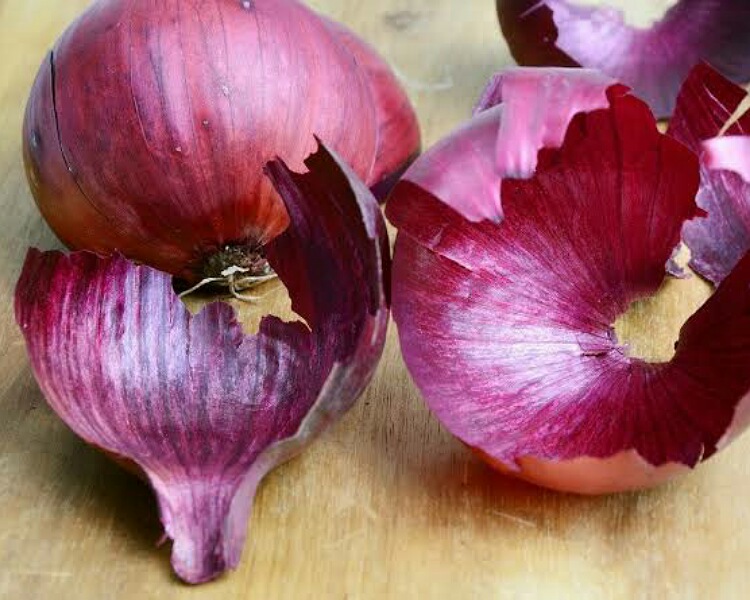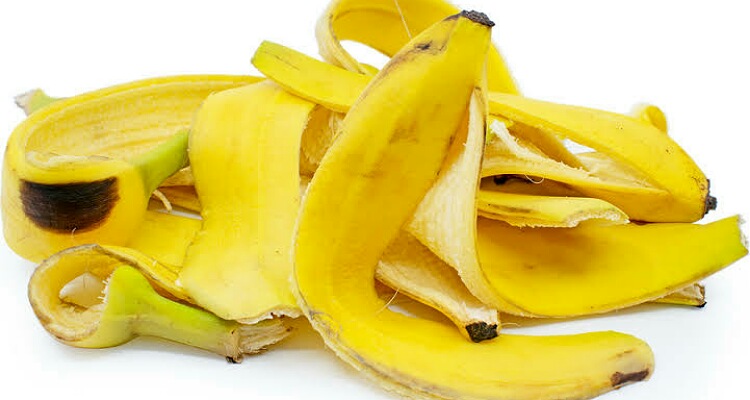Plant-based foods are gaining attention over the past few years. And this is for the right reason.
Experts state that plants as food are good for the human body as well as the planet and climate. This is more so if all parts of that particular plant are utilized properly and wastage is avoided.
We are all aware that the roots, stems, leaves, and fruits of plants are edible. But did you know that certain plant parts can be eaten instead of hacking them off before cooking? Read on to know about it.
Plants and their foods
Plant-based foods are getting popular thanks to the awareness programs created by environmentalists and nutritionists. They are rich in minerals, vitamins fiber, and antioxidants and are good for the body and mind.
They have adequate proteins and complex carbs too. Additionally, they have a minimal carbon footprint. That means they are gentle on the environment and climate.
WHO has also urged people to think of switching gradually to plant-origin eating. It is healthy and nutritious and has the potential to halt the climate change that has created havoc in the world.

But not all plant parts are consumed. When we cook vegetables, we cut off some parts of them and throw them away. Reports reveal that around 30 to 40% of food is wasted.
The chopped parts of the plant can go into compost formation. But many of these parts are also edible. Hence it would be better consumed.
Plant parts that are rarely consumed
We est the bulbous roots of the beet plant. But its greens are equally nutritious. They have ample amounts of fiber and protein compared to the roots. You can use them like any other vegetable leaves.
Chop them saute them in oil, and add to beetroots, and cheese with balsamic vinegar for a wonderful dish. And when we eat leeks, traditionally we go for the white and light green areas of leeks.
But there is nothing wrong with the dark green areas of this vegetable. Then why throw it away? Do not reject it for cosmetic reasons. Linda Ly, author and the founder of the website Garden Betty says:
“They are sometimes beat up and don’t look that appetizing. But all it takes is peeling back the outer bedraggled layer and cleaning thoroughly. Then you can use it basically just like the white part.”

In the farmer’s market, you get carrots with green tops. The tops are edible and Linda states:
“I think of them as an earthy-tasting parsley,”
“My advice is to turn them into a garnish or accent.”
Besides, the florets, broccoli leaves, and stems are also edible. Linda explains:
“You just need to peel away the tough outer layer of the stalk. The flesh underneath can be used just like broccoli,”
Add the leaves to stews and soups as they need a bit of cooking. Similarly, banana peels can enrich the taste of smoothies.
More about the unique edible parts of plants
Linda urges her clients to not peel potatoes. Wash and clean them but do not peel them. The skins have a lot of fiber in them. After making mashed potatoes, you can roast the potato skins and eat them.
Watermelon rinds can be pickled or cooked. In both forms they are tasty. Linda adds:
“Watermelon rinds taste like a cross between melon and cucumber. I love to cook it. It turns it really silky,”
Read more about Dandelion greens: health benefits and other uses of the plant!

Kale stems are also edible and good to make kale stem pesto or sauce. Apple cores are teeming with healthy bacteria and are good probiotic food.
Do not eat apple seeds since they are poisonous. But onion skins can be simmered in water to get a vegetable stock to use in soups and stews. It also gives a wonderful hue to the food.
